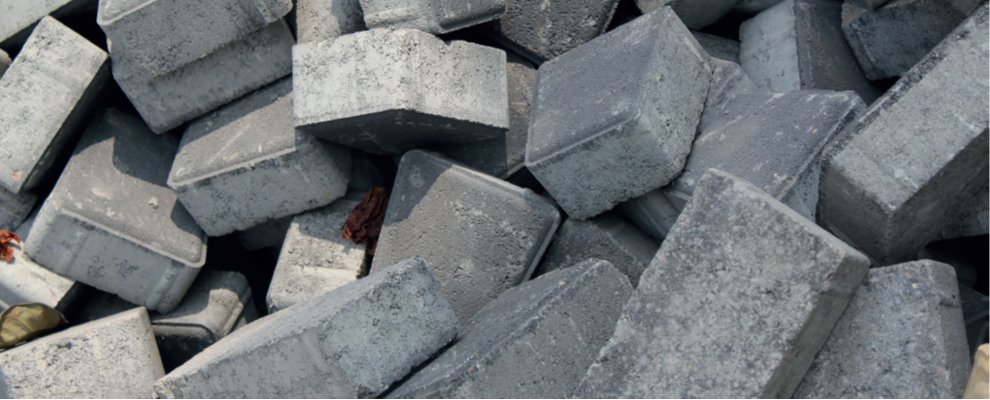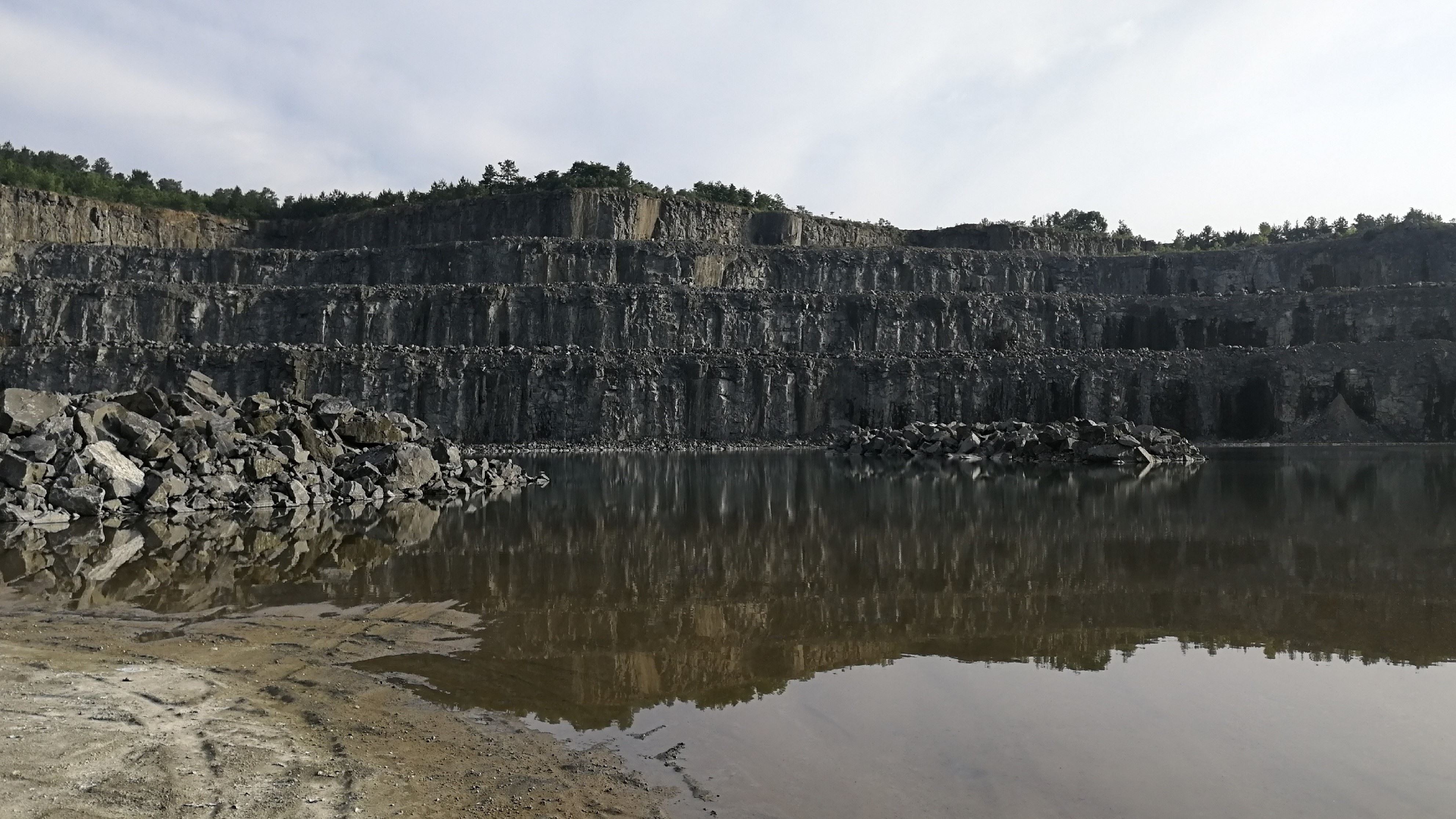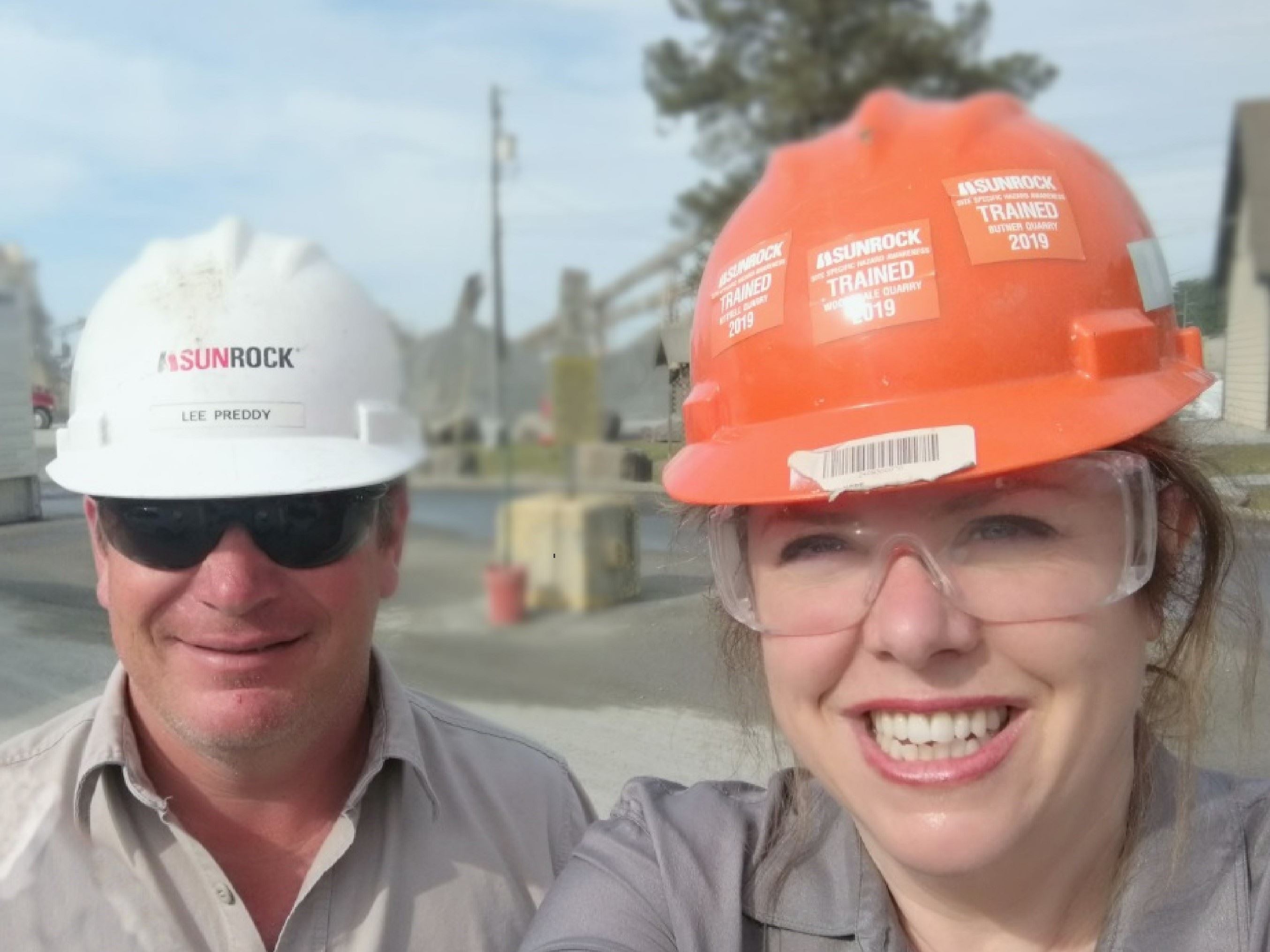Content
Geopolymer concrete development: A concrete way forward

A carbon-friendly concrete substitute made with local materials
Finding new ways to use waste materials is fundamental to reducing the environmental impact our built environments are having on the world.
Architect, Fulbright Alumni and PhD student Roisin Hyde is developing a way of using waste materials from mining, quarrying, metallurgy, water purification, incineration and agriculture to create a sustainable concrete substitute. Which means that there’s always going to be some kind of local source material available, wherever you are in the world.
3D Printing concrete from waste
Roisin’s work in Northern Ireland involved replacing cement and aggregate components with industrial by-products and waste – locally sourced fly ash and quarry dust, for example. She was also interested in exploring materials in other geographic locations.
This resulted in low-carbon, lightweight, ultra-strong concrete. Unlike conventional OPC, which consists of a calcium silicate hydrate matrix, the geopolymer cements have a unique repetitive inorganic polymer nanostructure. That makes them resistant to chemicals, stable at high temperatures and very strong.
In fact, as part of her PhD research, Roisin was able to create an ultra-high performance mix from 96% byproduct and waste material with 75% less CO2 than conventional concrete. In terms of actual performance it withstood pressures of around 140 MPa, making it three to four times stronger than regular concrete.



This case study was produced by BE-ST on behalf of the Scottish Construction Leadership Forum.
- Balfour Beatty
- BE-ST
- Mamou-Mani
- Scottish Water
- AKTII



